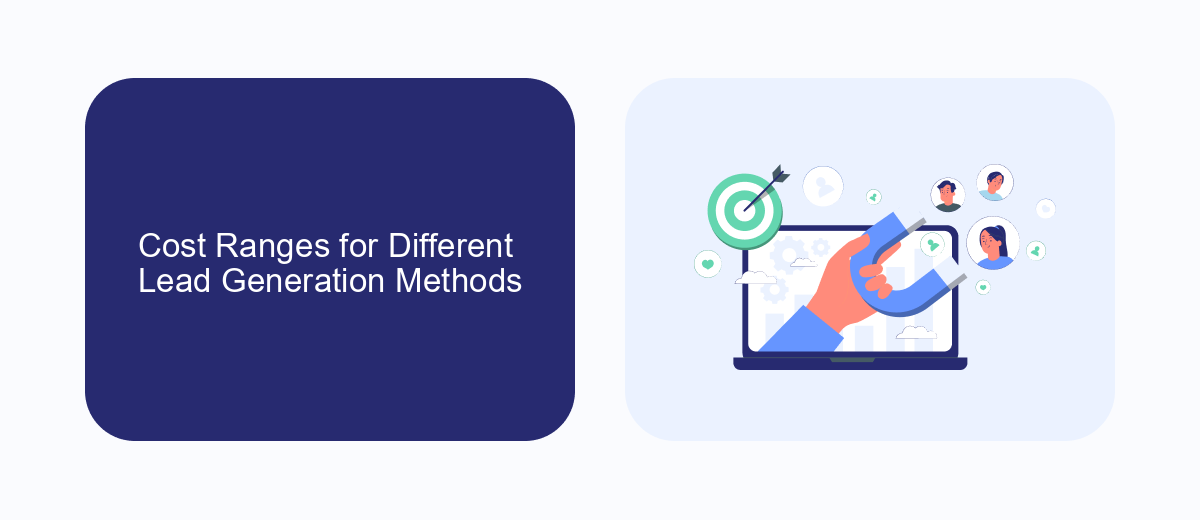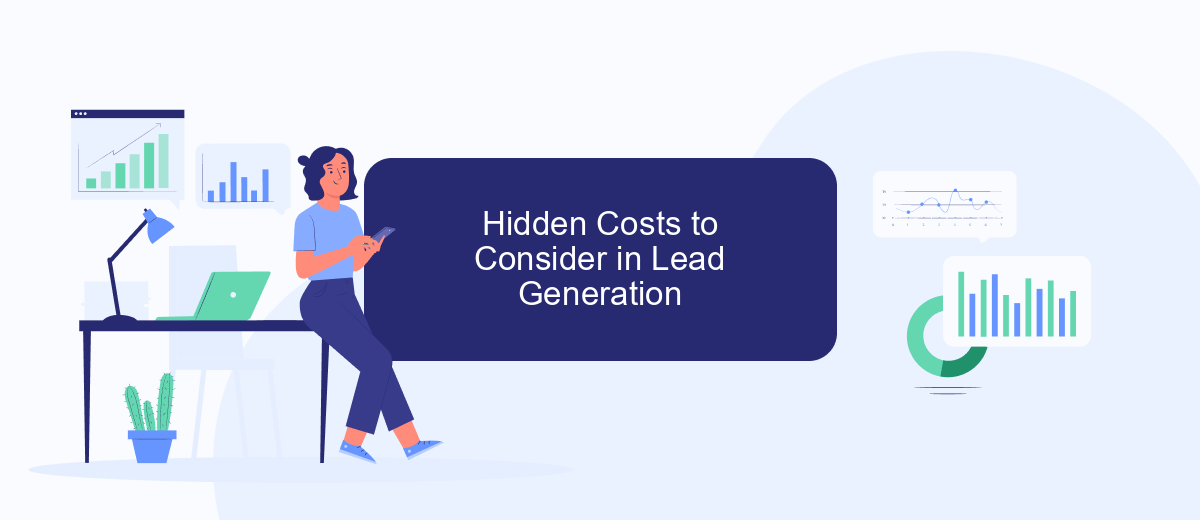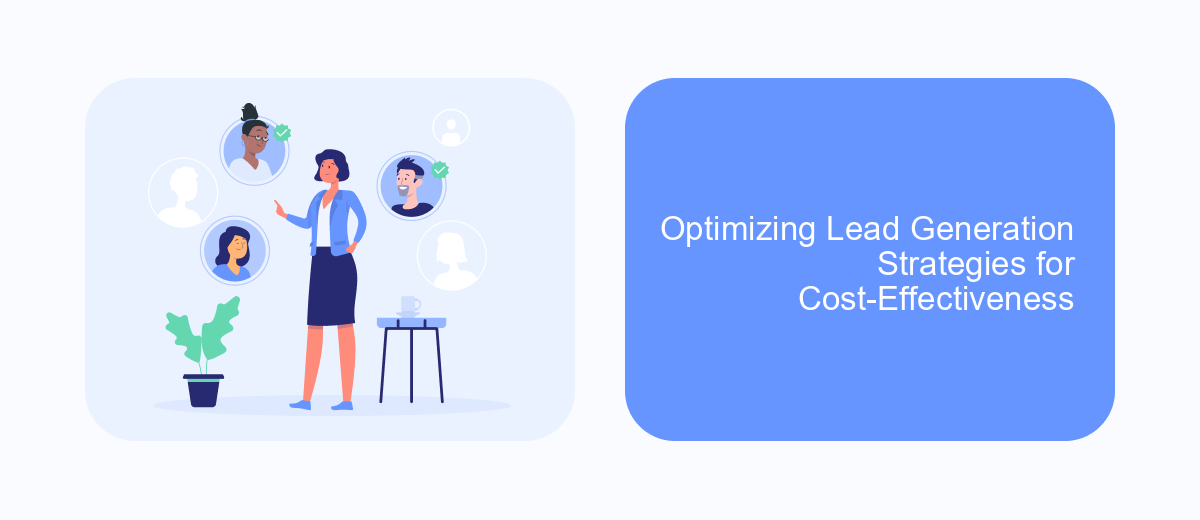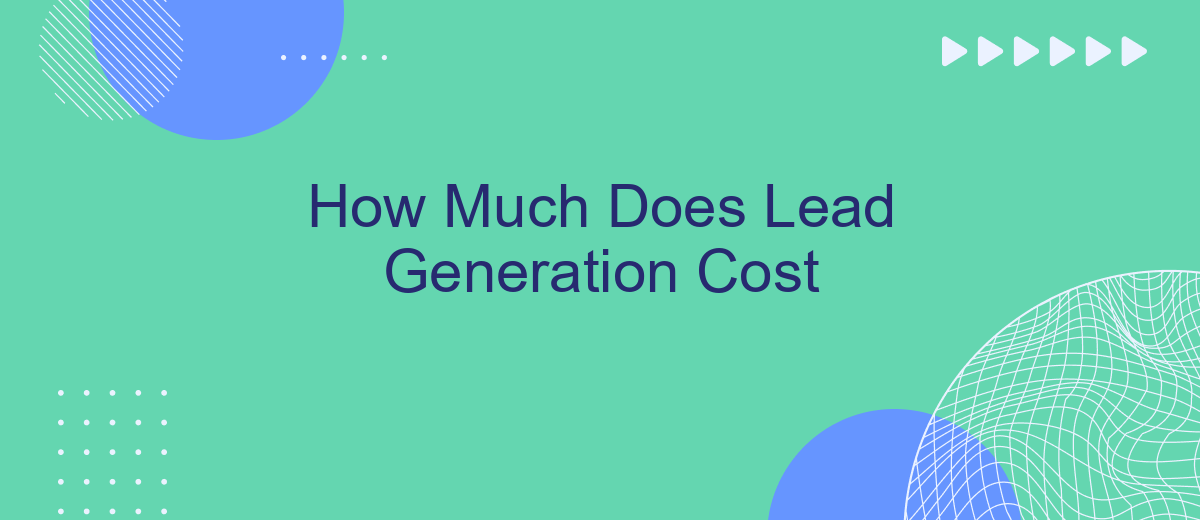Lead generation is a crucial component for business growth, but understanding its costs can be challenging. Various factors such as industry, target audience, and marketing strategies significantly impact the expense. This article delves into the different elements that influence lead generation costs, providing insights to help you budget effectively and maximize your return on investment.
Key Factors Impacting Lead Generation Costs
Understanding the key factors that impact lead generation costs is crucial for optimizing your marketing budget. Several variables can influence the overall expenses, and being aware of them can help you make informed decisions.
- Target Audience: The more specific and niche your target audience, the higher the cost of reaching them.
- Marketing Channels: Different channels such as social media, email marketing, and PPC campaigns have varying costs.
- Content Quality: High-quality content that engages and converts leads often requires a larger investment.
- Technology and Tools: Utilizing advanced tools and services like SaveMyLeads for integration can streamline processes but may add to the cost.
- Competition: Highly competitive industries usually have higher lead generation costs due to bidding wars and saturated markets.
By understanding these factors, businesses can better allocate their resources and optimize their lead generation strategies. It's essential to continuously monitor and adjust your approach to ensure you are getting the best return on your investment.
Cost Ranges for Different Lead Generation Methods

Lead generation costs can vary significantly depending on the method employed. For instance, pay-per-click (PPC) advertising on platforms like Google Ads can range from to 0 per lead, depending on the industry and competition. On the other hand, organic search engine optimization (SEO) efforts might cost between 00 to 00 per month, but the cost per lead can be substantially lower once the strategy matures. Social media advertising on platforms like Facebook and LinkedIn typically costs between to 0 per lead, influenced by targeting and ad quality.
Email marketing campaigns generally have lower costs, averaging around to per lead, especially when using automated tools and services. For businesses looking to streamline their lead generation processes through integrations, services like SaveMyLeads can be invaluable. SaveMyLeads helps automate data transfer between different platforms, reducing manual work and ensuring timely follow-ups, which can significantly lower the overall cost per lead. Thus, choosing the right method and tools is crucial for optimizing lead generation expenses.
Hidden Costs to Consider in Lead Generation

When planning your lead generation strategy, it's crucial to be aware of hidden costs that might not be immediately apparent. These costs can significantly impact your overall budget and the effectiveness of your campaigns.
- Integration Costs: Setting up integrations between various tools and platforms can be time-consuming and expensive. Services like SaveMyLeads can help automate and streamline these processes, but they come with subscription fees.
- Data Management: Maintaining and cleaning your lead database requires ongoing effort. Poor data quality can lead to ineffective campaigns and wasted resources.
- Content Creation: High-quality content is essential for attracting and nurturing leads. Producing engaging articles, videos, and other materials often involves hiring skilled professionals.
- Software and Tools: The cost of CRM systems, email marketing platforms, and other essential tools can add up quickly. It's important to account for these expenses in your budget.
By considering these hidden costs, you can better prepare for the financial implications of your lead generation efforts. Proper planning and budgeting will help ensure that your campaigns are both effective and sustainable.
Optimizing Lead Generation Strategies for Cost-Effectiveness

To optimize lead generation strategies for cost-effectiveness, it's crucial to focus on refining your approach to attract and convert potential customers efficiently. Start by identifying your target audience and tailoring your marketing efforts to meet their specific needs and preferences. This ensures that your resources are directed towards the most promising leads.
Another key aspect is leveraging technology to streamline your lead generation process. Tools like SaveMyLeads can automate the integration between various marketing platforms, allowing for seamless data transfer and reducing manual effort. This not only saves time but also minimizes the risk of errors, leading to better data accuracy and more effective campaigns.
- Identify and understand your target audience
- Utilize automation tools like SaveMyLeads
- Focus on high-quality content that addresses customer pain points
- Continuously analyze and adjust your strategies based on performance data
By implementing these strategies, businesses can achieve a more cost-effective lead generation process, ultimately driving higher conversion rates and maximizing return on investment. Regularly reviewing and optimizing your approach ensures that you stay ahead of the competition and consistently attract valuable leads.


Lead Generation Cost Benchmarking and Forecasting
Benchmarking lead generation costs is crucial for businesses aiming to optimize their marketing budgets. By comparing your expenses with industry standards, you can identify areas for improvement and potential savings. Typically, the cost per lead (CPL) varies across industries, with B2B sectors generally experiencing higher CPLs than B2C. Regularly analyzing these benchmarks helps in setting realistic expectations and formulating effective strategies.
Forecasting future lead generation costs involves evaluating historical data, market trends, and adjusting for seasonal fluctuations. Utilizing tools and services like SaveMyLeads can streamline this process by automating lead integrations and providing real-time analytics. This not only saves time but also ensures more accurate forecasting. By leveraging such technologies, businesses can better predict their lead generation expenses and allocate resources more efficiently.
FAQ
What factors influence the cost of lead generation?
Is it more cost-effective to generate leads in-house or outsource?
How much should a small business expect to spend on lead generation monthly?
What are the benefits of using automation tools for lead generation?
How can I measure the ROI of my lead generation efforts?
Use the SaveMyLeads service to improve the speed and quality of your Facebook lead processing. You do not need to regularly check the advertising account and download the CSV file. Get leads quickly and in a convenient format. Using the SML online connector, you can set up automatic transfer of leads from Facebook to various services: CRM systems, instant messengers, task managers, email services, etc. Automate the data transfer process, save time and improve customer service.
